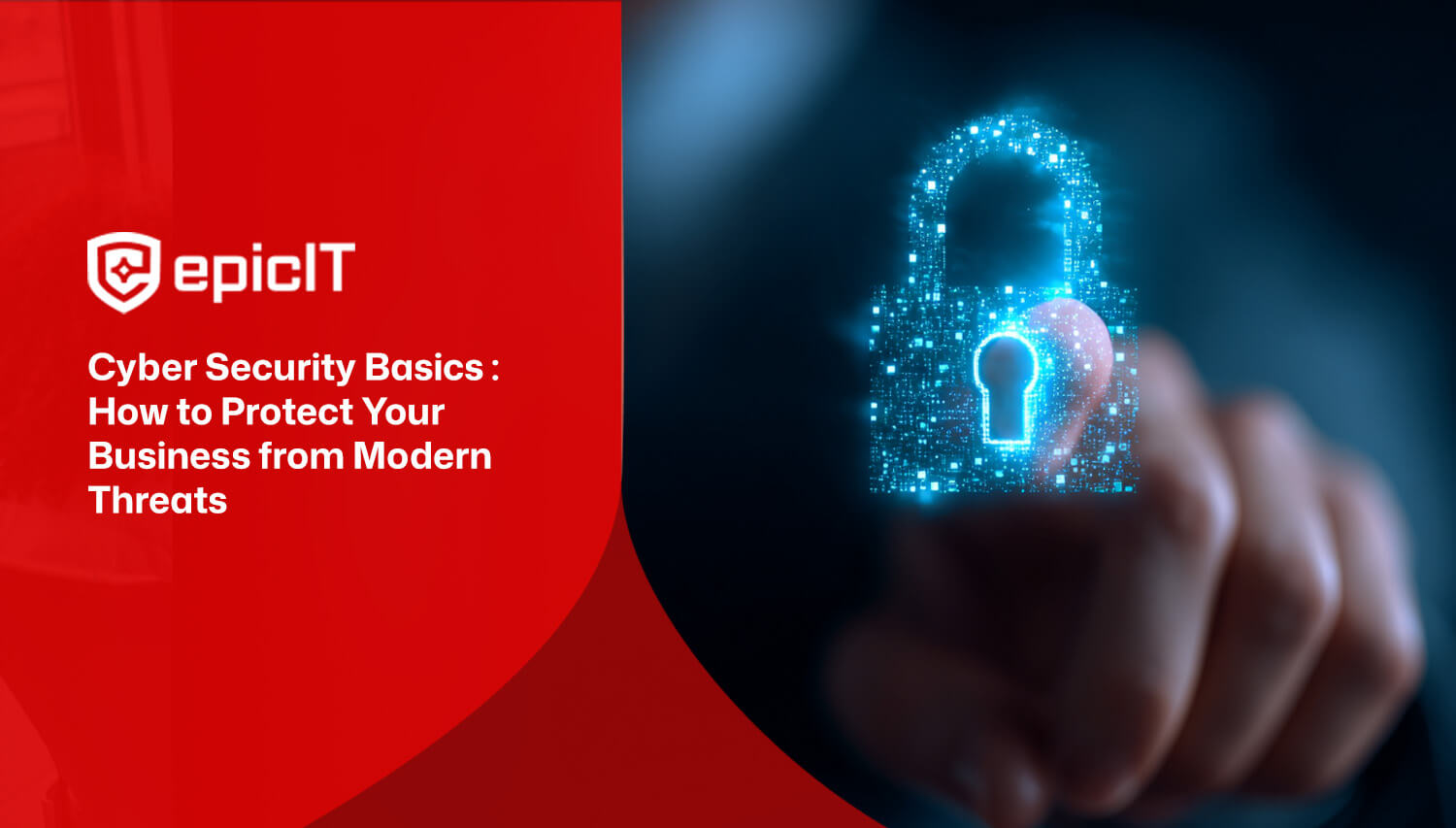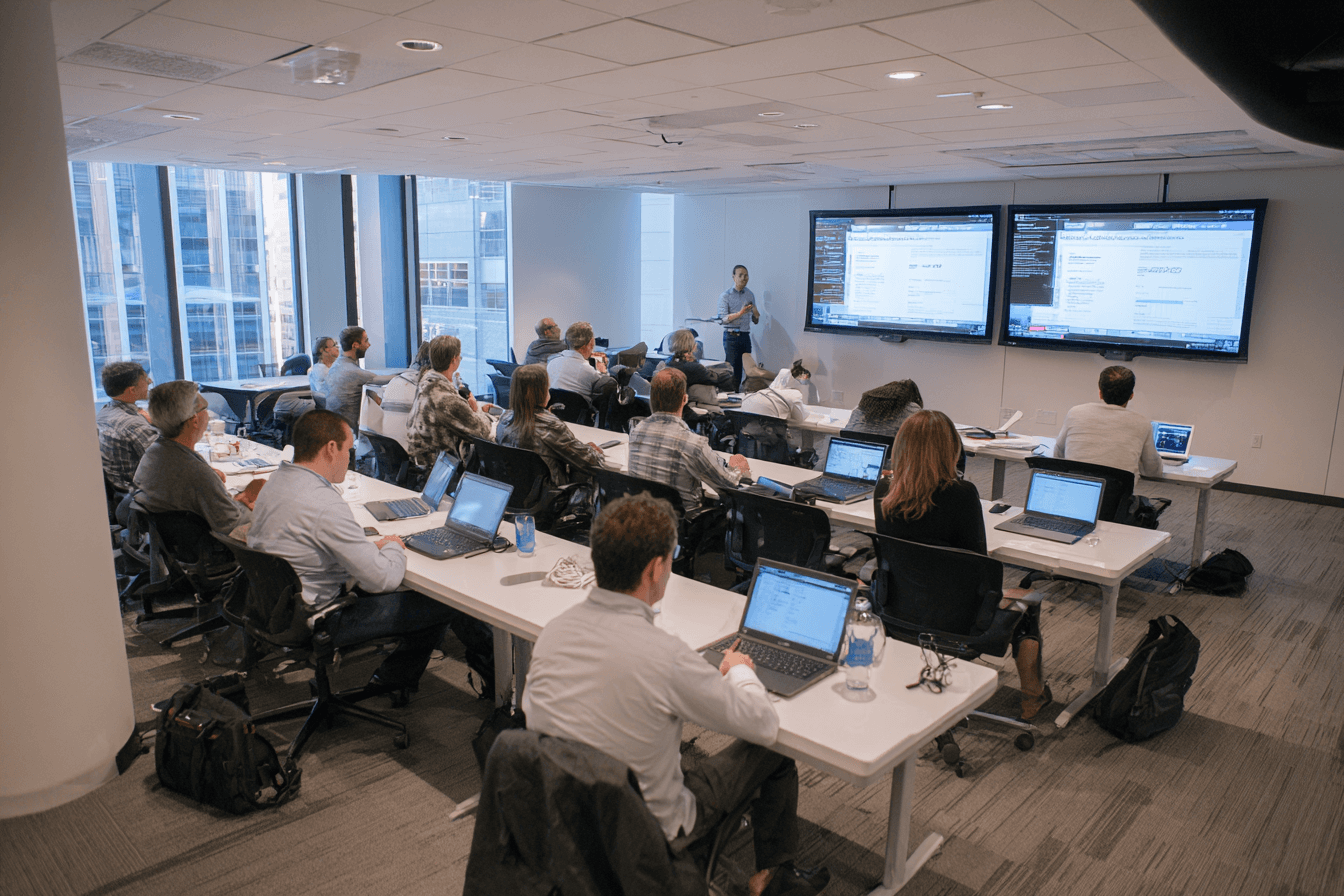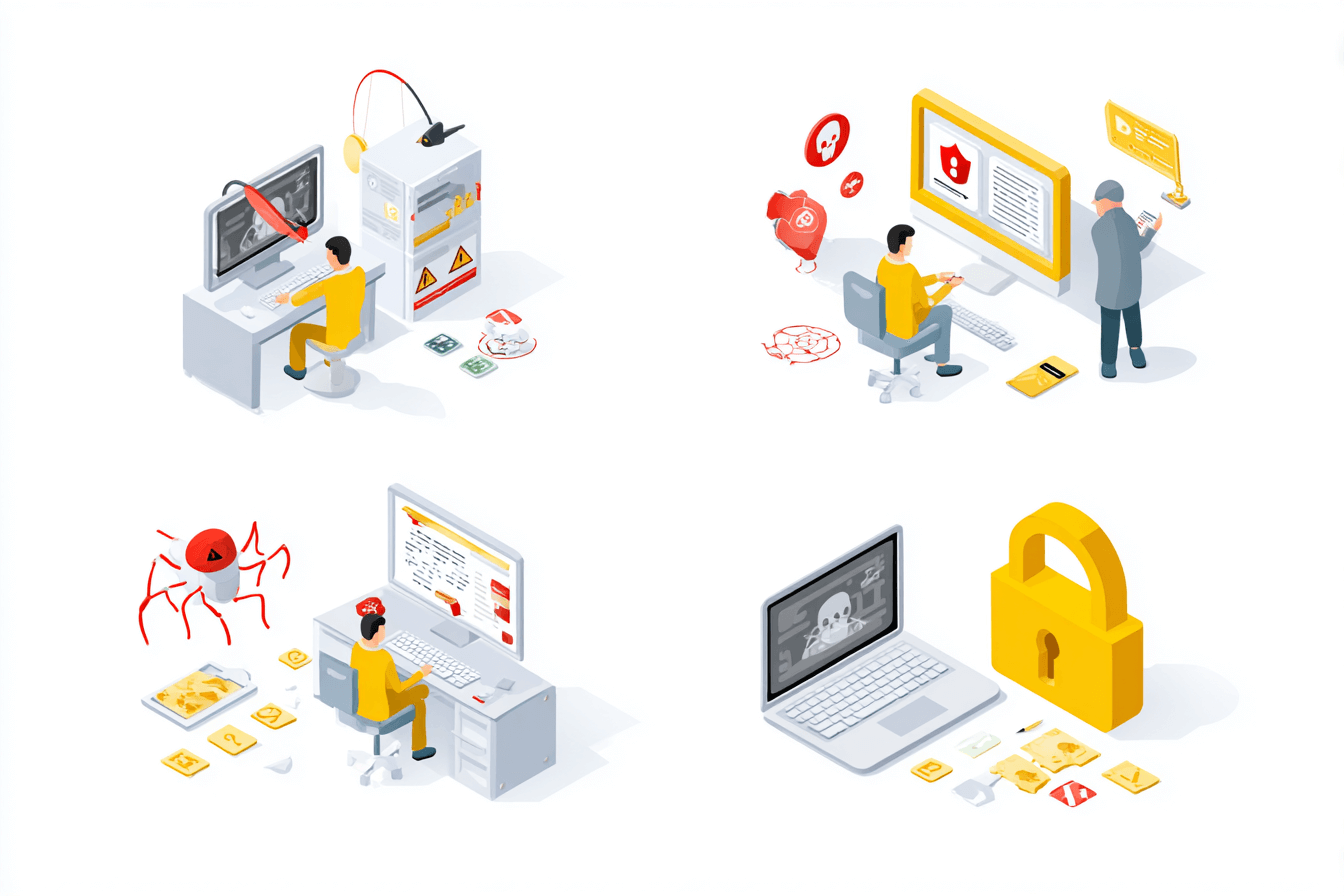
In today’s connected world, cybersecurity has become one of the most critical elements of running a modern business. With organisations relying on technology for everything from communication to customer service, protecting data and systems from cyber threats is no longer optional—it’s a fundamental responsibility.
Whether you run a small business or manage a large enterprise, cybersecurity involves protecting computer systems, networks, and data from unauthorised access, malicious attacks, and accidental breaches. Understanding the fundamentals of cybersecurity helps you make informed decisions, reduce risks, and safeguard sensitive information from cybercriminals.
Cyberattacks can cause data loss, downtime, and even reputational damage. From phishing scams to ransomware attacks, the threat landscape continues to evolve. To stay resilient, every business must understand cybersecurity basics, apply best practices, and develop a proactive approach to data security.
Understanding the basics of cybersecurity is vital for protecting your organisation’s operations and assets. Cybersecurity focuses on securing networks, applications, and data against digital threats. Businesses that lack awareness of cyber risks often become easy targets for hackers and malicious actors.
When you educate employees about cyber risks and best practices, you reduce the chance of human error—a leading cause of data breaches. For example, recognising phishing emails or identifying suspicious attachments can prevent unauthorised access to private information.
Cybersecurity is not just a technical issue; it’s a business priority. Strong security measures also build customer trust, ensure regulatory compliance, and maintain smooth business operations.

The fundamentals of cybersecurity revolve around three key principles: confidentiality, integrity, and availability—often known as the CIA triad.
Cybersecurity is the application of these principles through various tools, security measures, and strategies. It involves implementing firewalls, antivirus programs, and encryption technologies to protect against cyber threats.

Understanding the common types of cyberattacks helps businesses strengthen their cyber defences and protect sensitive data.
Being aware of these threats allows businesses to plan security measures, protect data, and respond quickly to security incidents.

One of the simplest but most effective cybersecurity measures is using strong passwords and authentication protocols. Weak or reused passwords remain one of the main causes of unauthorised access.
Implementing multi-factor authentication (MFA) adds an extra layer of protection by requiring users to verify their identity through multiple methods—like a password and a one-time code. This reduces the likelihood of successful breaches, even if passwords are compromised.
Encouraging staff to use password managers and create unique, complex passwords helps strengthen your security posture. Remember, authentication is a fundamental concept of cybersecurity that supports confidentiality and data integrity.
Network security involves securing the pathways through which data travels. Firewalls, antivirus programs, and intrusion detection systems act as the first line of defence against cyberattacks.
A firewall monitors incoming and outgoing traffic, filtering potential threats and blocking malicious connections. It helps protect against malware, ransomware, and unauthorised access attempts.
Additionally, keeping network devices and servers updated with the latest security patches prevents exploitation of known vulnerabilities. Regularly reviewing your network configuration also ensures that your system remains compliant and resilient against cyber threats.
As more businesses rely on web applications for daily operations, ensuring web application security is vital. Attackers often target online platforms to steal private information or exploit vulnerabilities in code.
Security measures such as SSL certificates, input validation, and regular penetration testing help identify and fix weaknesses. Encrypting data transmitted between servers and users enhances confidentiality and prevents data interception.
Data security should also include access controls, regular backups, and policies for protecting confidential information across your systems. Protecting against unauthorised access is an ongoing process that requires constant monitoring and updates.

Even with strong defences, no system is completely immune to cyber threats. That’s why having a clear incident response plan is crucial. It defines how your organisation detects, responds to, and recovers from security incidents.
Incident response involves:
Building cyber resilience means ensuring that your business can continue operations despite cyber disruptions. Regular security audits, training, and updates to security policies all contribute to maintaining a robust cybersecurity posture.
A well-rounded cybersecurity strategy combines technology, processes, and people. It focuses on risk management, incident prevention, and security operations.
To build an effective strategy, businesses should:
This comprehensive approach ensures that cybersecurity is integrated into every aspect of business operations—from network management to information handling.
Cybersecurity is an ongoing commitment rather than a one-time effort. As cyber threats continue to evolve, businesses must stay proactive and adaptable. By understanding the fundamentals of cybersecurity, implementing effective security measures, and fostering a culture of awareness, your organisation can protect data, maintain operational integrity, and build trust with clients and partners.
A cyber secure business is a resilient business—prepared for the challenges of today’s digital landscape and ready for the future.
Cybersecurity protects your business from data breaches, financial loss, and reputational damage. It ensures your systems, data, and networks remain secure against unauthorised access and cyberattacks.
Every business should use strong passwords, multi-factor authentication, firewalls, antivirus protection, regular software updates, and employee training to reduce cybersecurity risks.
Small businesses can enhance protection by backing up data regularly, using secure networks, implementing strong access controls, and engaging cybersecurity services to assess vulnerabilities.
Incident response is the process of identifying, managing, and recovering from cybersecurity incidents. It helps minimise damage, restore normal operations, and strengthen future security defences.